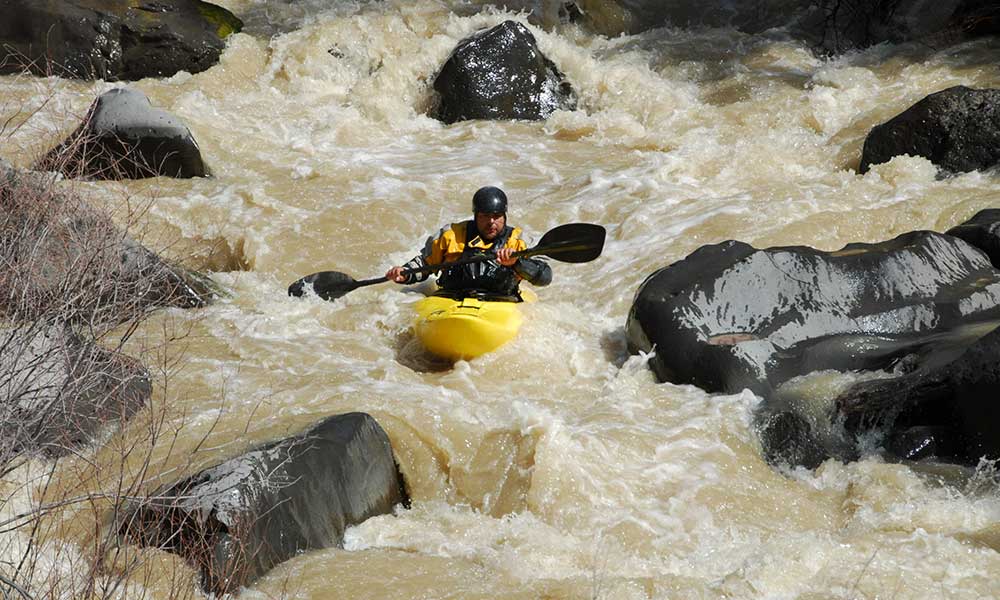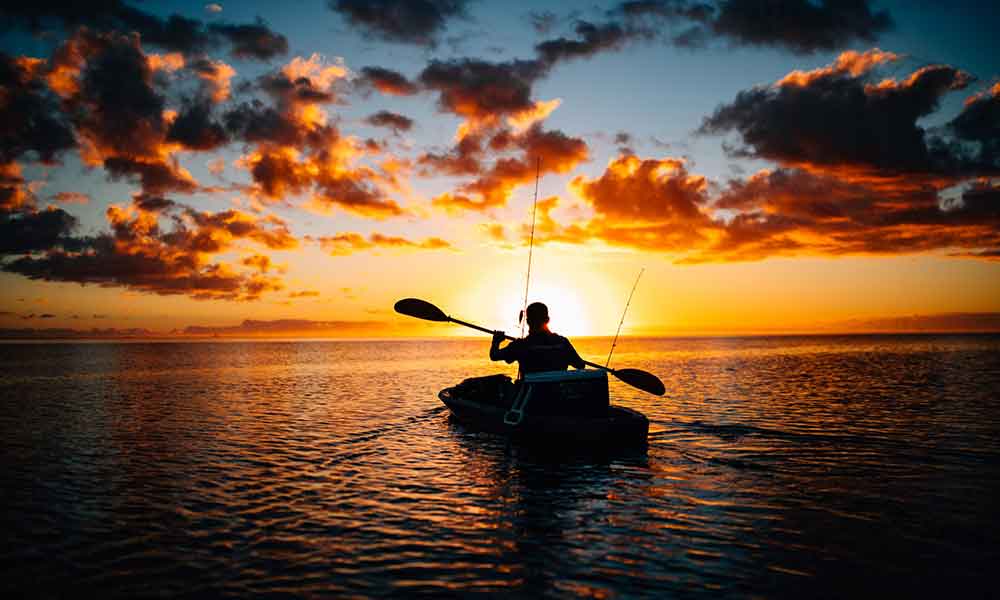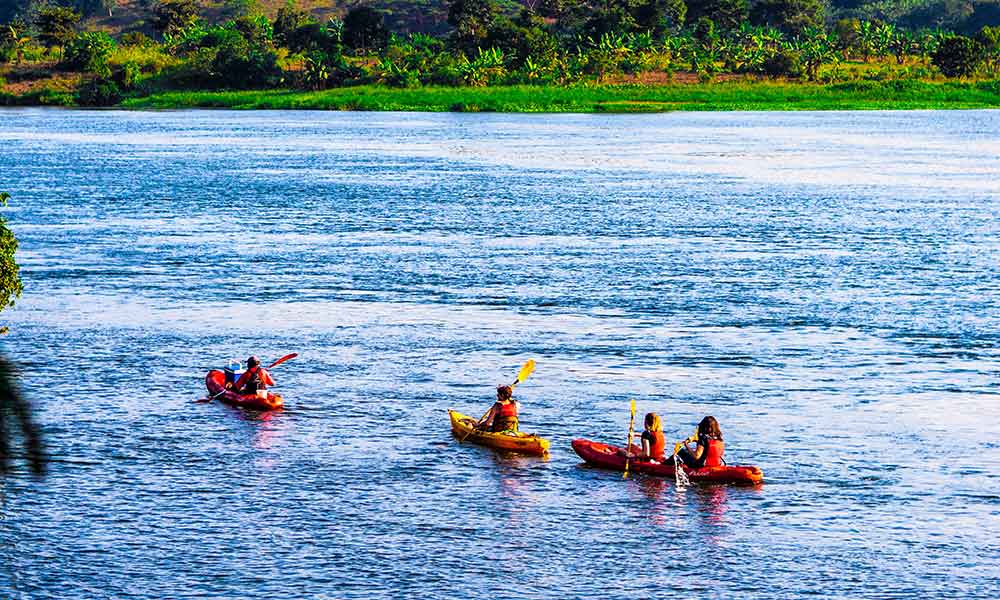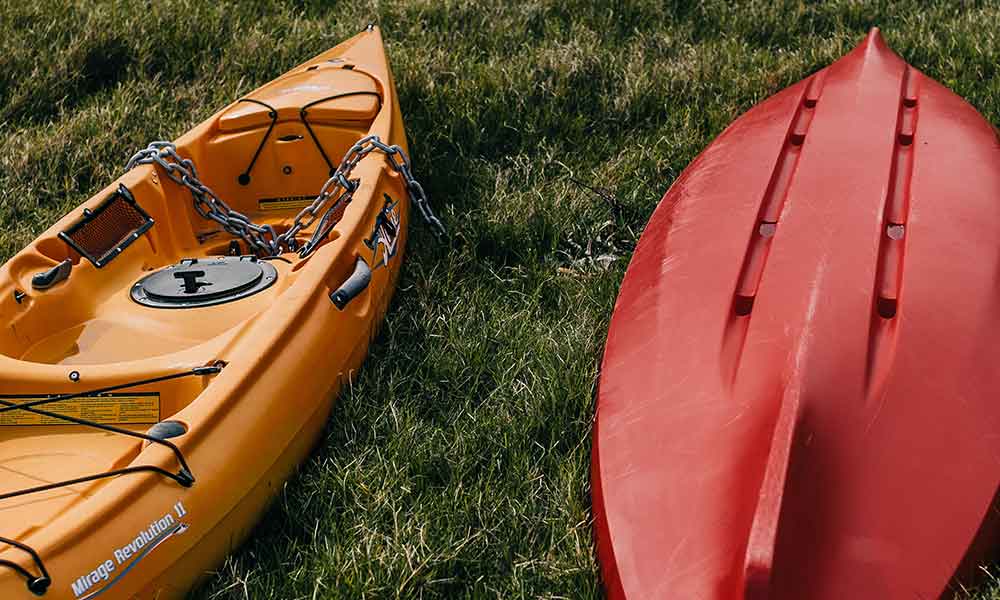Whitewater rapids are found in most rivers throughout the world, and they can be fun, challenging, or dangerous depending on the intensity of the rapids and the skill level of those traversing the rapids. Rapids are often labeled with Rapid Classifications, but how are rapids classified?
Rapids are classified into six classes. Class I rapids are very gentle and suitable for beginners. Class VI rapids are too dangerous for even the most experienced paddlers. Criteria such as wave size, obstacles, water flow rate, and the chance of self-rescue determine rapid classification.
Rapid classifications provide important information for all paddlers. This information must be seriously considered before planning a trip to the river, and any rapids classified higher than your skill level should not be attempted. Let’s take a closer look at how river rapids are classified and what each classification represents.
How Are Rapids Classified?
Whitewater rapids are very commonly encountered in almost every large river internationally. These are sections of the river that are turbulent and feature fast-flowing water that is often interrupted with obstacles and difficult to navigate sections of the river.
There are six different river rapid classifications that are intended to provide information about the intensity of the rapids, how dangerous they are, and how difficult they are to traverse.
The river rapid classification should be used to determine the likelihood of successfully traversing this section of river based on skill level and experience.
The way rapids are classified is based on four main characteristics: the ease of self-rescue and swimming, how wide the water channel is, the size and strength of the waves present at the rapids, the degree of obstructions in the rapids.
The six different rapid classifications indicate the difficulty level of the rapids, how dangerous they are, and what skill level is required to traverse the rapids.
Every classification has various degrees of intensity. The degree of intensity in each classification is denoted by a plus (+) or minus (-) sign to indicate if the rapid is on the upper or lower end of difficulty for a particular classification.
If a section of river rapids has very fast flowing water with very large, irregular, powerful waves combined with many severe and large obstacles, holes, is very narrow, and is impossible to swim in, the rapids are classified as Class VI and should not be entered if at all possible.
Class I rapids are very wide with little or no obstructions, slower-moving water, very small waves, little turbulence, and are easy to swim in. these rapids are safe for use by every level of paddler. Let’s take an in-depth look at each rapid classification.
What Are The Rapid Classifications?
There are six rapid classifications in total. Each classification escalates in complexity, danger, and difficulty. The least dangerous rapids are Class I rapids, while the most hazardous are Class VI rapids.
Let’s take a close look at each rapid classification and highlight the most important characteristics of each.
Class I Rapids
Class I rapids are the safest rapids to traverse. These are suitable for beginner paddlers and require little to no experience to traverse safely.
These rapids feature very small waves, very few or no obstructions, no holes or other hazards, and the water flowing over these rapids is not particularly fast-moving.
Class I rapids are easily swimmable, and self-rescue is simple if the paddler falls out of their craft.
Class II Rapids
Class II rapids are slightly more fast-moving than Class I rapids and features waves that are a little larger. These rapids are still considered to be safe for intermediate and beginner paddlers, but some supervision is recommended.
This classification of rapid is easy to swim, and self-rescue is a non-issue here. There are few obstacles or obstructions, gentle bends, and simple water features that any paddler can negotiate with ease.
Class III rapids
Class III rapids are recommended for intermediate paddlers or above. Beginners should not attempt these rapids.
This class features bigger waves, faster water, obstructions, small drop-offs, holes, counter currents, and eddies that are capable of flipping a canoe.
Self-rescue is still highly possible in Class III rapids, which makes them safe for intermediate paddlers.
Class IV Rapids
Class IV rapids are for advanced and expert paddlers only. These rapids are challenging to navigate and feature several types of hazards that can be very dangerous without the necessary skills to overcome them.
Fast water, big waves, obstacles, holes, drop-offs, counter currents, eddies, and falls are all common in Class IV rapids. These can be very dangerous, and self-rescue is very difficult.
Class V Rapids
Class V rapids should only be attempted by expert-level padders. These rapids are incredibly dangerous and may be potentially fatal.
Very large waves, turbulent water, erratic water, narrow waterways, many significant obstacles and obstruction, holes, drop-offs, falls, eddies, counter currents, and other very hazardous features await in Class V rapids.
Every Class V rapid feature is of an extreme nature and is very dangerous. Self-rescue is almost impossible in these rapids.
Class VI Rapids
Class VI rapids should never be attempted. There are some expert paddlers who do traverse these rapids, but they do so at their own peril and understand the risk that they take when they do.
These rapids are highly likely to be fatal if even one small mistake or misplaced paddles stroke is made. Self-rescue is impossible, rescuing others is impossible, and the hazards featured in these rapids are the most extreme and dangerous of all.
Which Rapid Class Is Safe For You?
The various rapid classifications are intended to make navigating rapids safe for all paddlers. The intensity of the rapids is clearly denoted by the classification assigned to the rapids, and this should indicate to the individual how safe the rapids will be for them.
Beginner paddlers or those who are not yet experienced with rapids at all should not attempt any rapids higher than Class II.
Intermediate paddlers can traverse rapids that are up to Class III. Rapids in Class IV and Class V and for advanced and expert paddlers only, who have significant experience in whitewater.
Class VI rapids are for hyper-experienced paddlers only. These should not be attempted without emergency medical and rescue supervision.
Conclusion
At the end of it, the classifications of rapids are there to protect those who use waterways for recreation and sport. Be careful about the rapids that you traverse and try to only tackle rapids that are safe for you according to their classification and your skill level.
The classification of rapids is done very carefully and intentionally to keep everyone safe, and every rapid classification should be taken seriously and heeded very carefully, regardless of your skill level.







